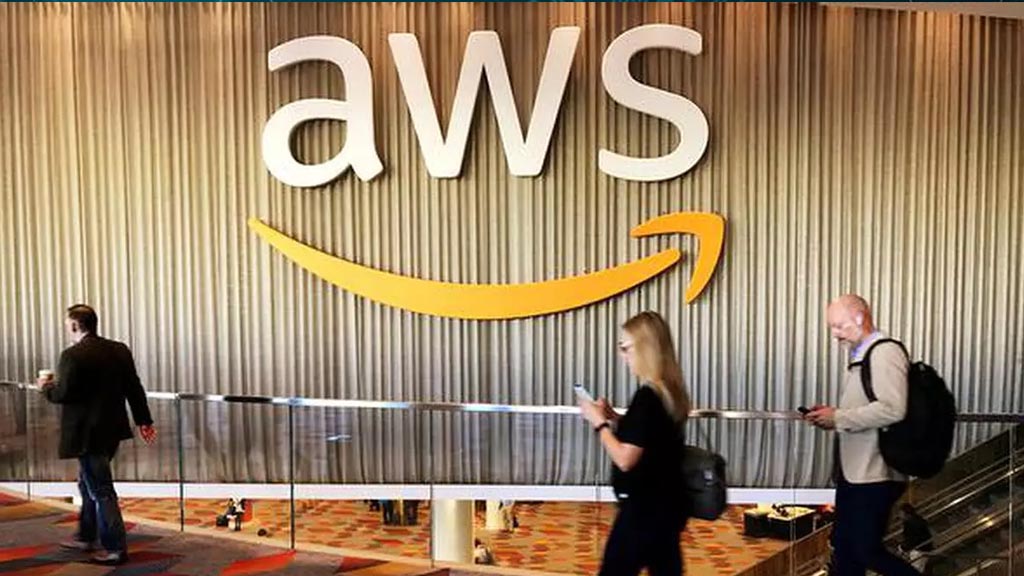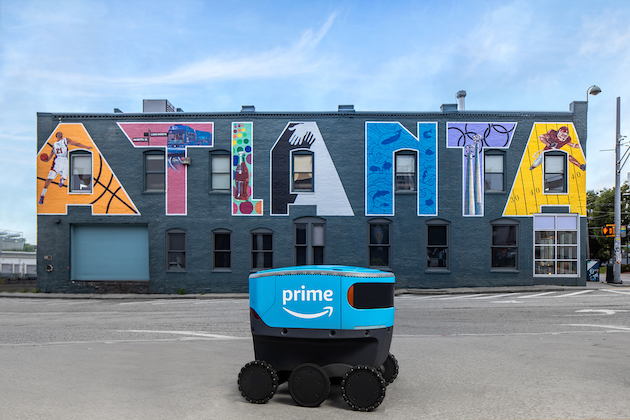“Amazon Web Service brings Bedrock, a service that will enable firms to customize their foundation models- the core AI technologies that perform things like answering queries with human-like text or generate images instantly with their own data to develop a unique model.”
AWS, the cloud computing division of Amazon Inc on Thursday unveiled a suite of technologies focused on helping other organizations launch their own chatbots and image-generation services powered by artificial intelligence (AI).
Also Read, NBA Warns Fans of Cyber Attack and Data Breach
Alphabet aka Google and Microsoft are adding AI-powered chatbots to consumer products similar to search engines, but these companies are also looking forward to building another huge market by selling the underlying technology to other organizations and firms through their cloud operations.
AWS, the world’s largest cloud computing service provider, joined the big fat competition by introducing its own proprietary AI technologies, but with a different approach.
Amazon Web Service brings Bedrock, a service that will enable firms to customize their foundation models- the core AI technologies that perform things like answering queries with human-like text or generating images instantly with their own data to develop a unique model.
For instance, OpenAI, the creator of ChatGPT offers a similar type of service in which it allows its customers to improve the models behind ChatGPT to build a custom chatbot.
Vasi Philomin, Vice President of Generative AI at AWS, said, “It’s unneeded complexity from the perspective of the user. Behind the scenes, we can abstract that away.”
The Bedrock service from AWS will allow its customers to use its own proprietary foundation models named Amazon Titan, but it will also provide a comprehensive list of models provided by other companies. Along with Amazon-owned models, the first third-party offer will come from Anthropic, AI21 Labs, and Stability AI.
The Bedrock service from Amazon Web Service will empower its consumers to test those technologies without interacting with the underlying data center servers.








